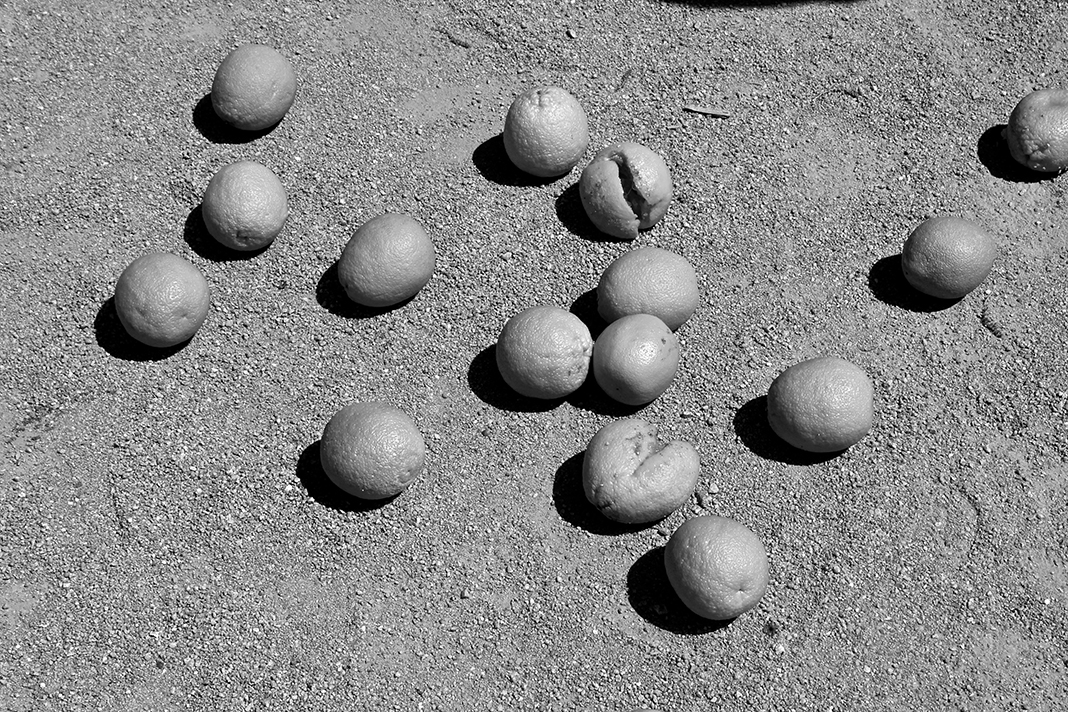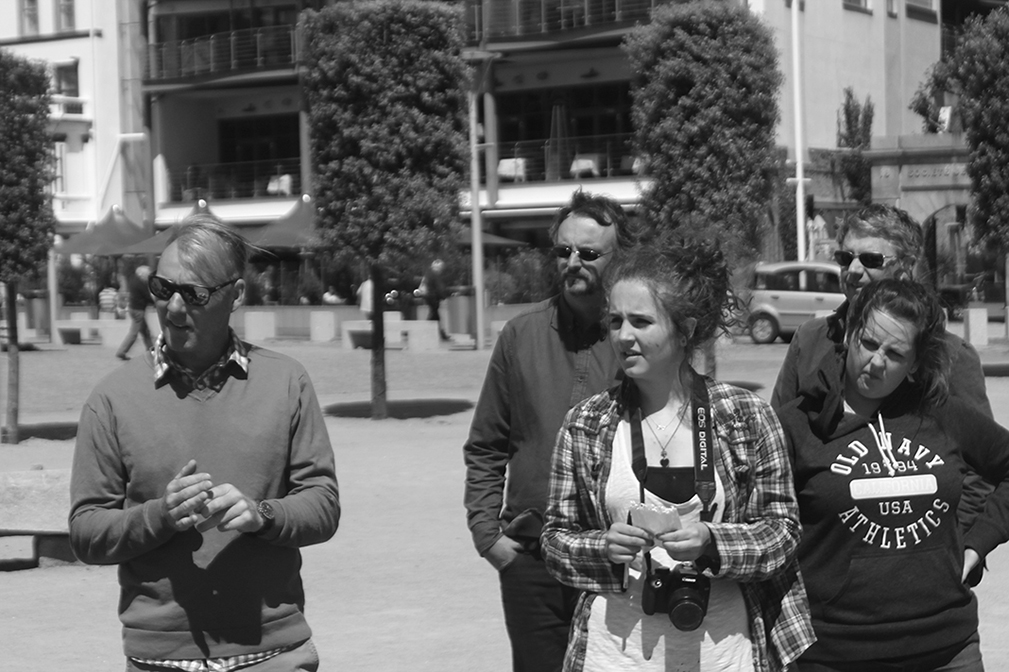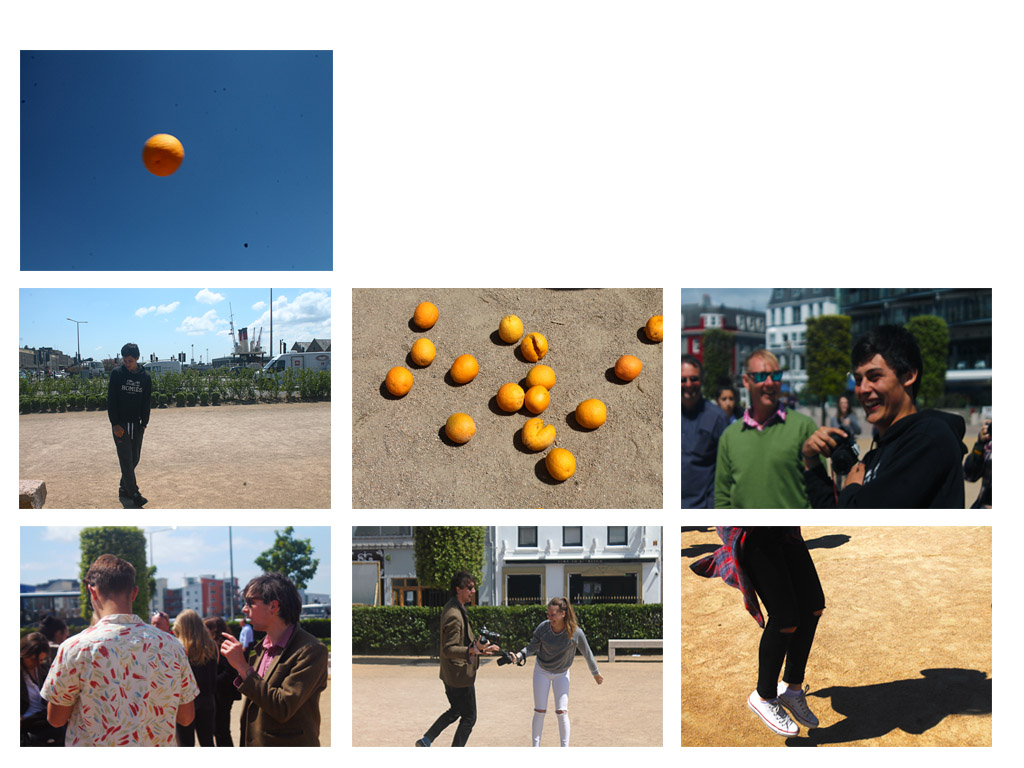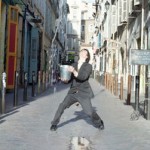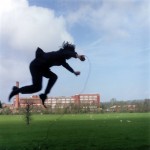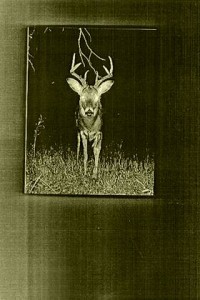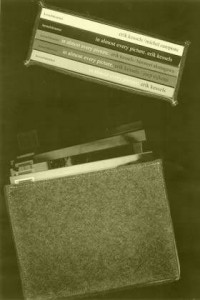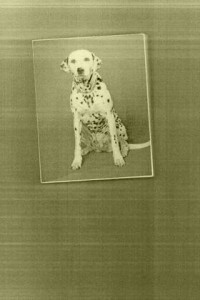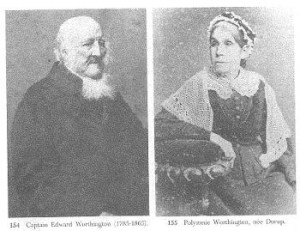12:00 pm – 1:15 pm: After a quick 15 minute break Tom began his section of the workshop, which lasted for approximately 90 minutes. Tom began the talk by informing us of the style of photography that he took part in, being ‘performance photography’, as well as his influences and inspirations as he went through the beginnings of his artistic development from studying at university. Tom spoke of how he likes to be very subversive with his photography. This means that Tom likes to create situations and act in a manner which is considered socially ab-normal, strange and non-conformist. Tom uses subversion as a device to create satire as a means of testing social boundaries and limits. Tom is a contemporary photographer and he spoke of his desire to move away from traditional methods of photography which he remarks as “valid and respectable but limited in it’s artistic direction”. Tom described the influences he draws from his photography including Dadaism and The Situationist International Movement
Tom then spoke more specifically about some of his projects in which he has complete. These include, going from London to Belgium with a Grandfather Clock, riding a tandem bike with his friend across English in complete silence, and pedaling a stationary bicycle in the middle of a busy London Street. I find Tom’s work to be very appealing because his ideas are very original, philosophical and creative. As a working example Tom got us to play a game that involved us all throwing a scrunch up piece of paper at him whilst he took an picture. Tom explained how this ‘performance’ relates to the theme of chance within photography, because there was know way of knowing how the picture would end up like.
2 pm – 3 pm: After a 45 minute lunch break we ventured down to Liberation Square with Tom to play a series of games related to performance photography. We played 3 games in total.
1- Orange Throw and Catch – The first game was an activity that required us to throw a orange ball in mid-air to a partner. The other person was then required to take a picture of the on-coming orange just before catching it. It was a very fun game to play because there was a element of difficultly which you had to work hard to master to game. Also it was something that I had never really considered playing before and so it was interesting to try something completely new and different.
2 – Selfie battle – The second game was a more physical game that again required two players. You had to point your cameras to each other and have you finger on each other shutter releases. The objective of this was to attempt to take as many selfies as possible in your opponents camera whilst prevented your opponent from taking any in your camera. I found this to be an extremely fun game because it was very entertaining both to play and watch. The ‘competitive’ nature of the game made everyone more keen to win, but in an enjoyable sort of way.
3 – The third game that we played consisted of working in groups of 4 or 5. In our groups we had to take it in turns to each decide an activity that everyone else in the group was doing. We then took photos of one another whilst we were partaking in the activities. This was interesting because people interpretations of and motivations to carry out different instruction varied greatly.
Overall a enjoyed the day greatly. It was very interesting to learn about the work of the Societe Jersai as well as the work of Tom Pope. The biggest lesson that I learned from the day is that photography is far more varied and complex in its meaning than simply taking visually good photos. It also has a great deal to do with intent (artistic value and meaning), which helps to give photography as an art form, an actual purpose and relevance within society.

